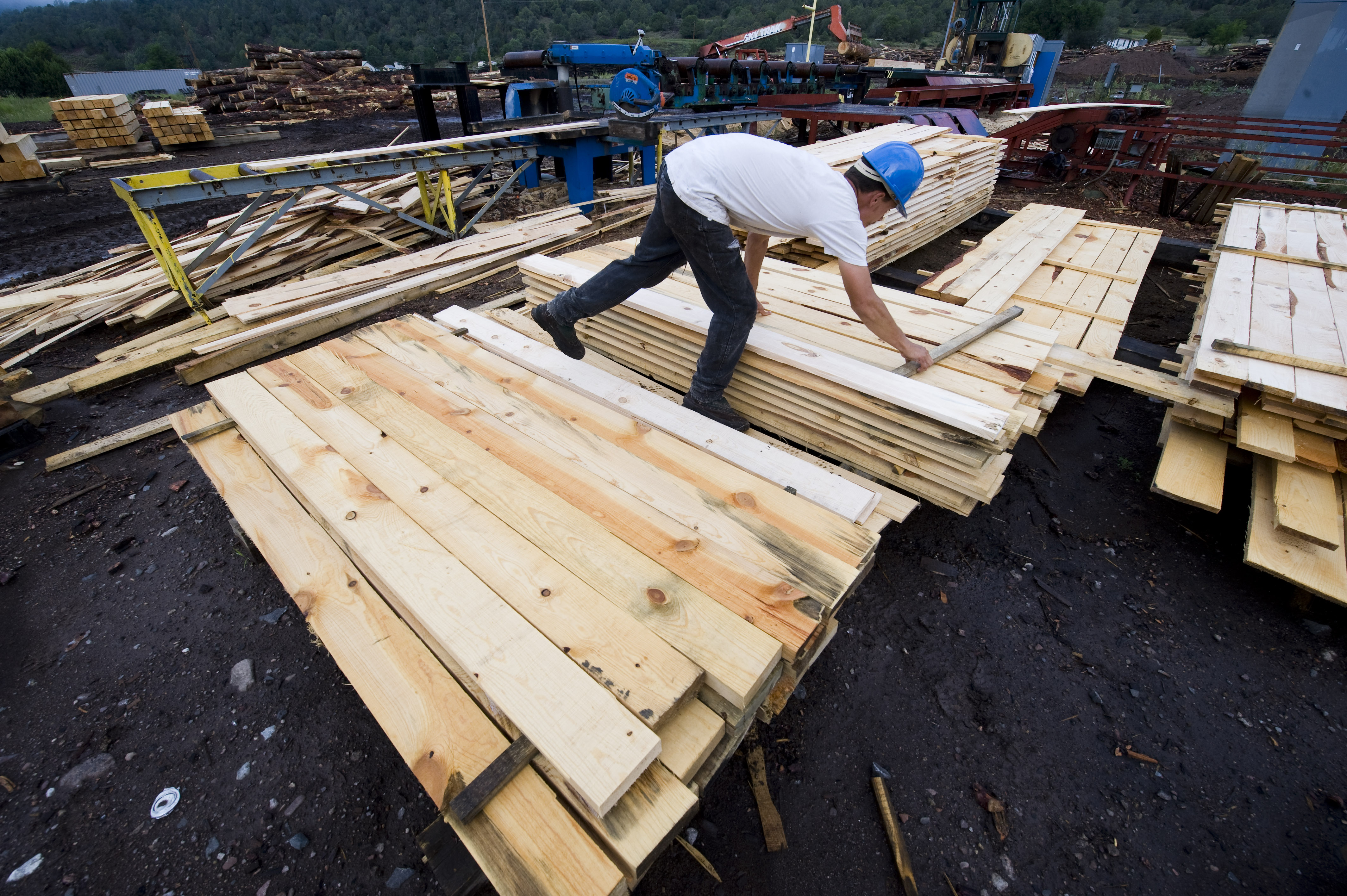
Anybody who’s ever bought lumber knows that a 2×4 isn’t a 2×4, a 1×6 isn’t a 1×6, and a 4×4 isn’t a 4×4.
“Anybody who’s in the trades or construction knows that,” Tim Stich, a carpentry instructor at Milwaukee Area Technical College, tells the Milwaukee Journal Sentinel.
Lawyers are not in the trade or construction business, however. They’re in the lawsuit business, which is why Menard’s and Home Depot are being sued for deceptive advertising.
A Chicago law firm has filed suits seeking $5 million because 4x4s aren’t being advertised as 3 1/2 x 3 1/2.
Yevgeniy Turin of McGuire Law, the firm filing the suit, says whatever everybody knows isn’t what most people buying lumber know.
“It’s difficult to say that for a reasonable consumer, when they walk into a store and they see a label that says 4 x 4, that that’s simply – quote unquote – a trade name,” Turin said.
A third of the shoppers at a Menard’s didn’t know that the size of lumber isn’t what we commonly refer to them as, the Journal Sentinel said.
The suit says customers are being charged full price while getting 23% less lumber.
The attorney says his clients are several men who bought lumber, got home, and measured it, then called the law firm saying they’d been deceived.
Why is lumber referred to by dimensions that are incorrect? Because, as the woodworking site, The Spruce, notes, nature and physics.
Lumber manufacturers typically cut a tree into dimensional lumber very shortly after the tree is felled. Then, the newly-sawn (but soaking wet) lumber is kiln-dried until it reaches the desired moisture level. As lumber dries, it shrinks (as the moisture in the wood is reduced, the wood cells shrink, particularly across the grain). While the 8′ length won’t change much as the wood dries, the 2″ width and 4″ height (cross-section of the grain) will shrink considerably.
Because of this shrinkage, a typical 2×4 will usually measure out to around 1-1/2″ x 3-1/2″. These numbers can vary slightly, but modern lumber manufacturers are pretty adept at delivering consistently-sized supplies of dimensional lumber. This is a very different type of measuring wood when compared to the board foot method used in measuring hardwoods.
There’s history here, as captured by this 1964 document, History of Yard Lumber Size Standards.
